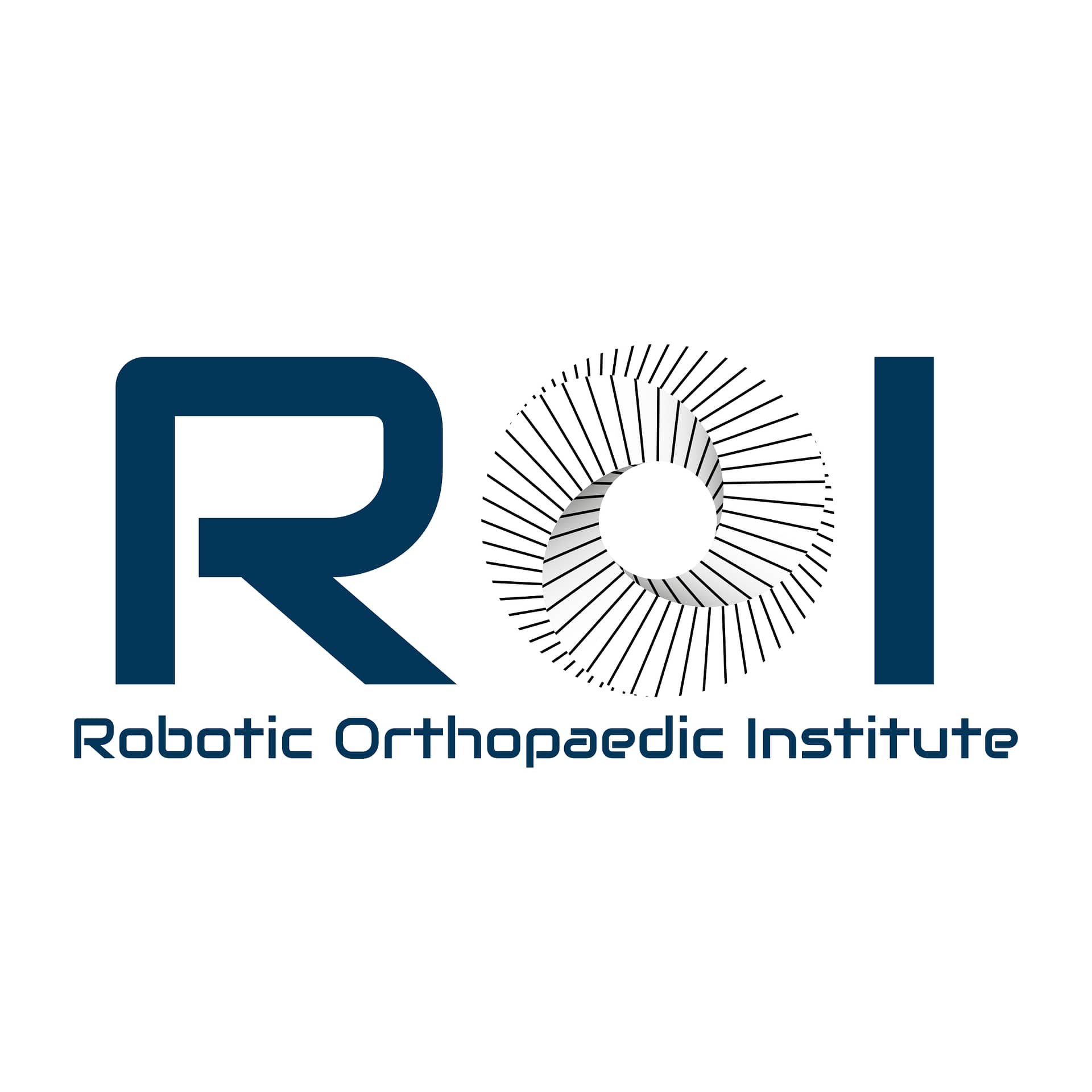During surgery, the original prosthesis is removed and a new prosthesis put in place.
Complete revisions are complex procedures that require extensive preoperative planning, specialized revision implants, longer operating times, and mastery of difficult surgical techniques.
In some cases, joint revision surgeries can be performed as an outpatient depending on the patient’s health status. Most revision hip surgeries are performed in a hospital setting.
A joint revision may be necessary for anyone whose prosthetic implant fails due to injury or wear, or who gets an infection in the area around implant.
In elderly people who have a joint replacement, the artificial joint implants may last for life. But in younger patients under 50, especially those who maintain an active lifestyle, a joint prostheses could eventually fail, requiring a replacement. The implant we use is an FDA 30-year rated implant meaning you don’t have to wait until you are older to have your initial or subsequent joint replaced.
The most common reasons people for joint revisions are:
The primary causes of joint implant failure are wear and loosening, infection, instability, leg fractures, or stiffness. Sometimes, the initial implant was placed inaccurately or improperly. One can usually notice the need for the revision within the first two years.
Although implants are firmly fixed at the initial joint replacement surgery, they may become loose over time. The cause of loosening may not always be clear but high impact activities, excessive body weight and wear of the components may all act as contributing factors.
Friction caused by the joint surfaces rubbing against each other wears away the surfaces of the implant, creating tiny particles that accumulate around the joint. to reduce this risk, we often implant joints that are made of an Oxinium ceramicized surface, available exclusively from Smith + Nephew.
When the prosthesis becomes loose, the patient may experience pain, change in alignment, or instability.

When the decision for revision knee replacement is made, the surgeon will do a thorough clinical exam and order X-rays and laboratory tests. If you have insurance or Medicare, these costs are generally covered, even for revisions.
If your surgeon suspects an infection, they may draw fluid (aspirate) the joint fluid with a needle and send it to the lab for analysis to identify the specific type of infection.
In addition to X-rays, other imaging modalities may be helpful, such as bone scans, CT scans or Magnetic Resonance Imaging (MRI). These tests can demonstrate changes in the position or condition of the prosthetic components as well help to pinpoint the cause, location and any bone loss to help plan your the surgery.
Regardless of who did your original surgery, or where, if you experience any warning signs that there may be a problem, such as pain that comes on suddenly or trouble getting around, or have decreased range of motion and you had a joint replacement surgery, make an appointment to be evaluated, as soon as possible.
Patients come to Dr Hicken for revision surgeries from Southern Utah and also from all across the USA and Canada. And if you suspect an infection or other issue, it is critical to request an appointment as soon as possible.
